Scientific name Loricaria Higher classification Loricariinae Order Catfish | Tribe Loricariini Phylum Chordata Rank Genus | |
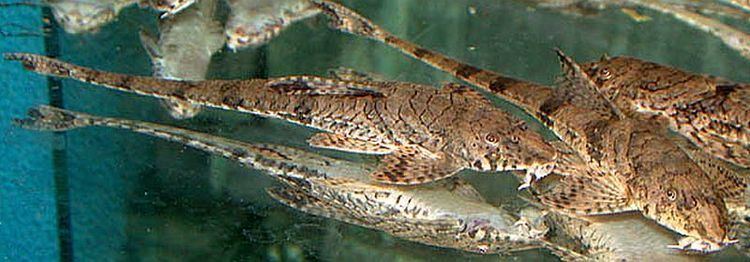 | ||
Lower classifications Loricaria lata, Loricaria azuayensis, Loricaria scolopendra, Loricaria ollgaardii, Loricaria antisanensis | ||
Loricaria sp rio atabo black white whiptails
Loricaria is a genus of armored catfishes native to South America.
Contents
- Loricaria sp rio atabo black white whiptails
- Red loricaria and ancistrus calico fighting over food
- Taxonomy
- Species
- Distribution and habitat
- Description
- Ecology
- References
Red loricaria and ancistrus calico fighting over food
Taxonomy
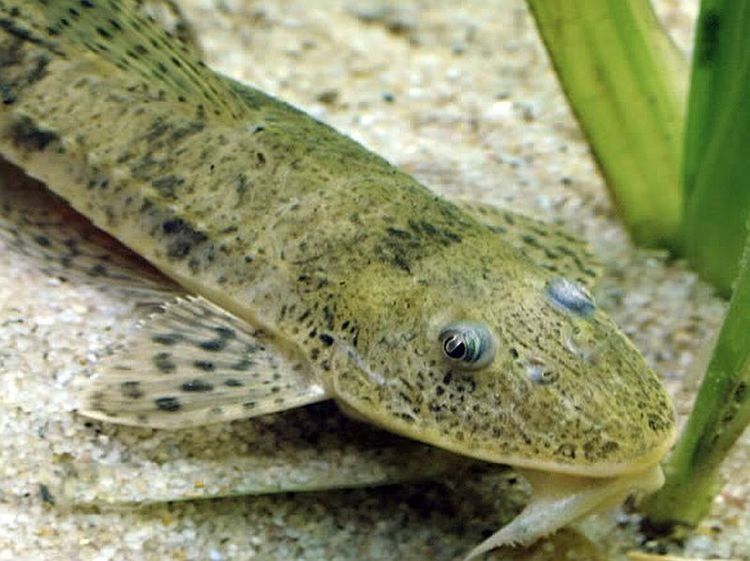
Loricaria was the first genus of the family Loricariidae described. Thus, it is the nominal genus of the family Loricariidae. Phylogenetic relationships within Loricaria and among other members of Loricariini remain uncertain. Its external morphology shows few shared derived characters, making comparison with other genera difficult. Loricaria has been hypothesized to occupy a basal position among members of the subtribe Loricariina, with the other genera possessing derived characters. Based on the characteristics of its mouth, Loricaria appears to maintain a close relationship with representatives of the Pseudohemiodon group. Proloricaria is considered a synonym of Loricaria.
Species
There are currently 17 recognized species in this genus:
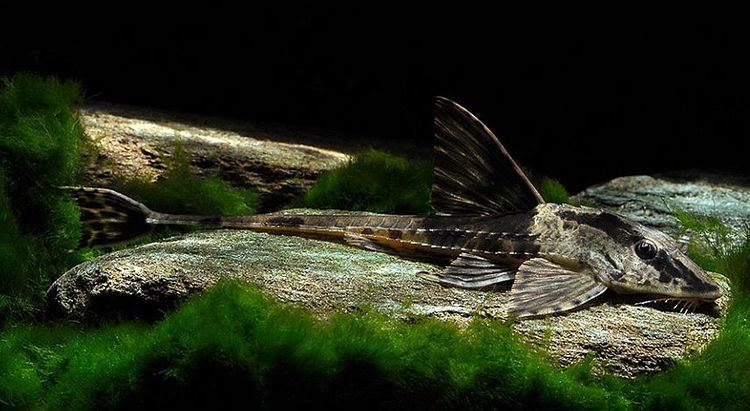
Distribution and habitat
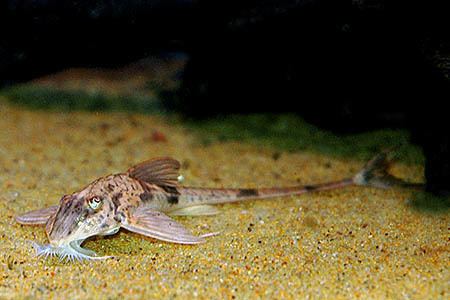
This genus is distributed east of the Andes on nearly the entire subcontinent. Species occur in a variety of habitats from the main flow of rivers on sandy and rocky bottoms to flooded areas and lakes over muddy and sandy bottoms.
Description
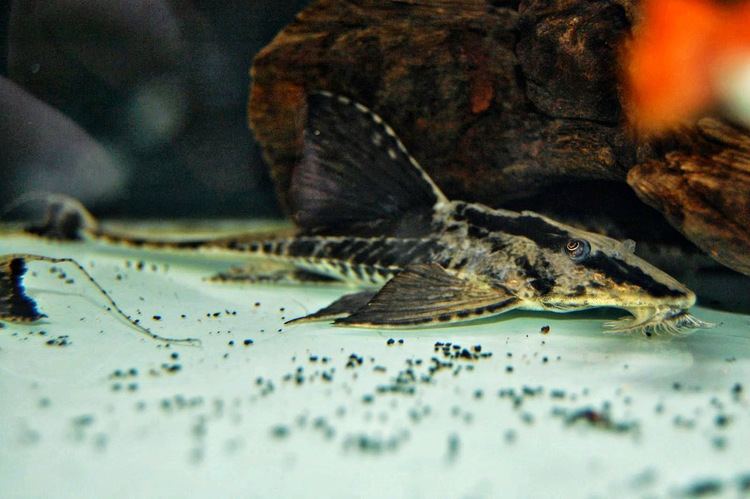
Loricaria species are recognized by the presence of elongate, slender filaments on the lips and a low number of bicuspid premaxillary teeth (usually three to four per side) that are about twice the length of the dentary teeth.
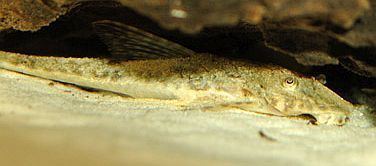
Sexual dimorphism includes hypertrophied development of the pectoral fin spines, blunt odontodes on the pelvic and anal fin spines, and tooth crowns becoming shortened and rounded in mature males.
For the four species characterized, karyotypic diversity ranges from 2n = 62 to 2n = 68.
Ecology
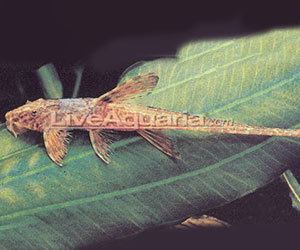
The site of egg deposition varies; L. curvispina places its eggs over flat rocks in rapids. In some species, eggs are carried on the enlarged lower lip of the male. L. piracicabae has its egg adherent to its ventral surface. Males are abdomino-lip brooders.
